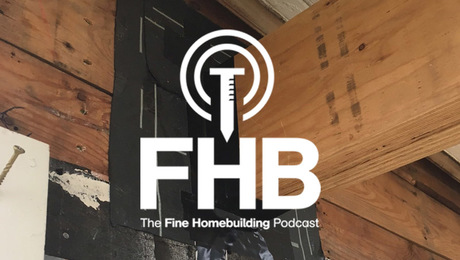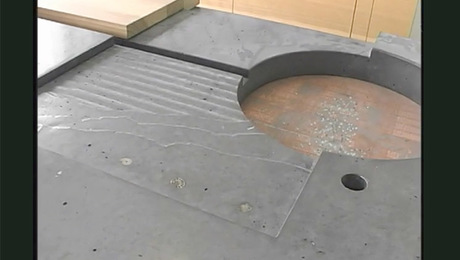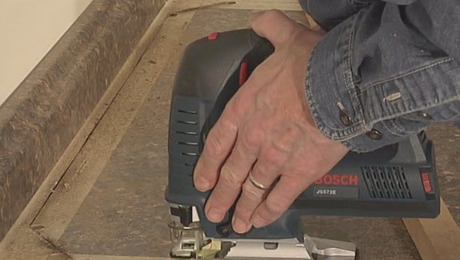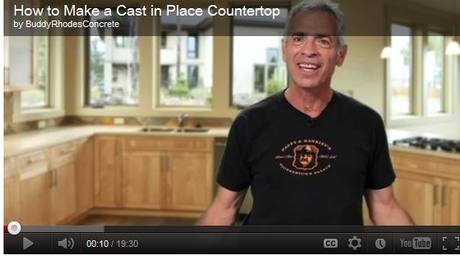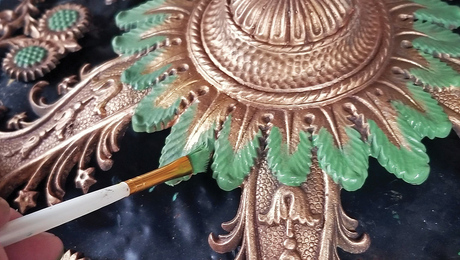Q:
I’d just done my first plastic-laminate countertop. When I thought I’d finished, someone pointed out that there was an air pocket under the laminate. Why do these air pockets occur, and is there any way to fix this short of tearing off the top?
Jim Hawes, Bailey, CO
A:
Herrick Kimball, author of Making Plastic Laminate Countertops, replies: Air pockets form under plastic laminate for a number of reasons. It could be that you used an insufficient amount of adhesive or that you didn’t apply the adhesive evenly. Air pockets can also occur when the adhesive isn’t allowed to dry sufficiently, in which case the solvent in the glue that hasn’t had a chance to evaporate vaporizes under the piece of laminate, causing a gas pocket and compromising the bond.
Another way of creating an air pocket is by sticking the laminate down from opposite sides and building up stress in the sheet that keeps it from lying flat. Finally, air pockets can form when sufficient rolling pressure hasn’t been applied to the glued sheet. Rolling pressure (pressure applied with a small rubber or wood roller such as a wallpaper seam roller) is much better at getting the sheet to adhere than pressure from pounding on a wooden block with a hammer, a method often used instead.
Whatever the cause, the first remedy to try is heat and pressure. I use a clothes iron set on its hottest setting, and with a cloth placed between the laminate and the iron, I iron the air pocket continuously until the area is warm, which reactivates the glue. Then, using my roller, I apply maximum rolling pressure on the heated area until it is cool. This simple fix works in most cases, but if it doesn’t, proceed to Plan B.
Plan B is lifting the sheet of laminate either partially (which is preferable) or completely and regluing it. Check the label on your adhesive can to see if the manufacturer recommends a specific bond-breaking solvent. If not, I recommend acetone. I sprinkle or spray the bond-breaking solvent into the glueline while working a thin-bladed putty knife along the line. The solvent should work quickly, and with gentle persuasion from the putty knife, the laminate should begin to separate easily.
When you can get a fingerhold under the edge of the sheet, continue applying solvent, and lift gently with your fingers, letting the solvent do the work. If you’re lucky, you have to lift the sheet only up to the area that needs to be readhered. If not, lifting the whole sheet may be in order. Once the sheet is free, let the solvent evaporate completely (acetone evaporates almost instantly) and reglue.









